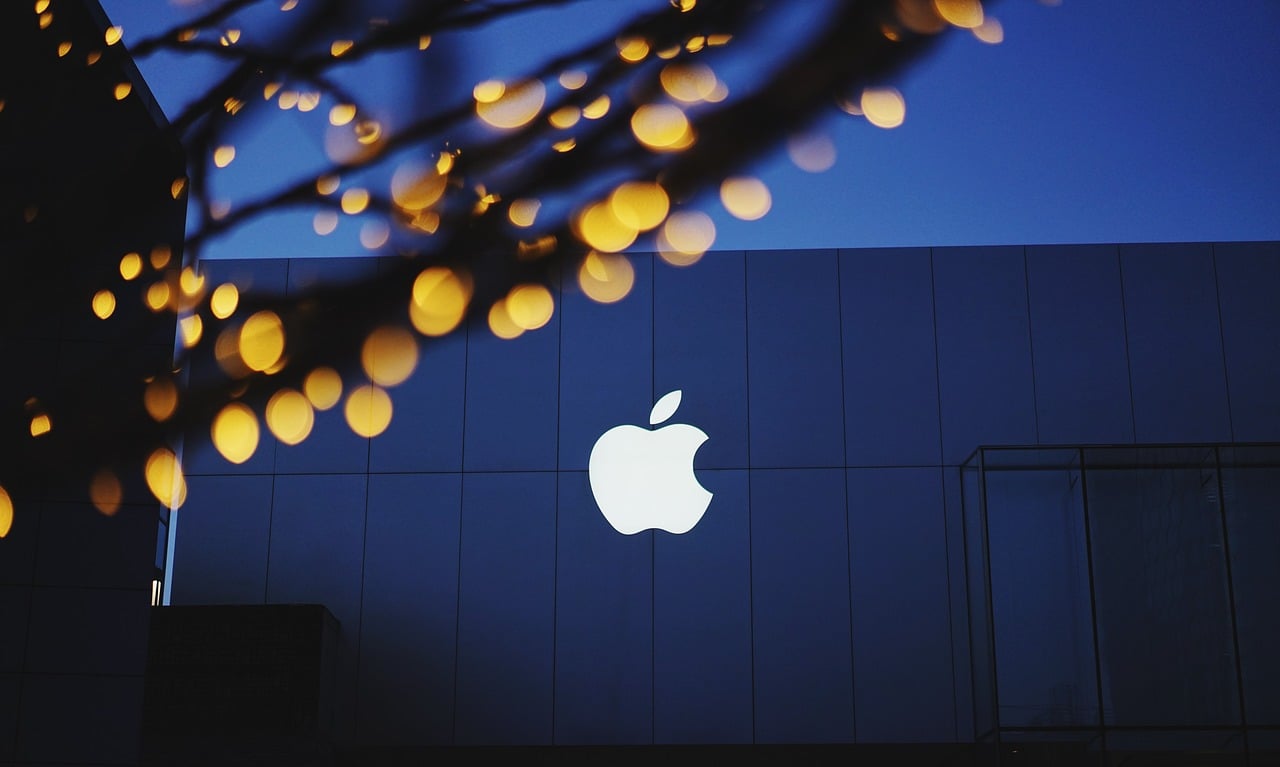Analysts react to Apple Inc. (NASDAQ:AAPL) stock taking a hit and going down about 7% due to the company’s CQ4 sales outlook reduction and weak iPhone demand, subjected primarily to the effects of trade tension with China.
Nomura
Weak iPhone demand largely in China drove a large F1Q sales miss. Despite Apple’s production cuts through F1Q, we assume excess channel inventory will weigh on Apple’s shipments into mid-2019. The bright spots are that weak iPhone demand seems partially cyclical, other units are faring well, and the installed base is rising. We lower our estimates and our target to $175, our (aging) rating remains Neutral.
Q3 hedge fund letters, conference, scoops etc
BAML
Rare miss but weakness likely to extend beyond December Quarter
Apple stock is down approx. 7% after market following the negative preannouncement. Although the trade tensions with China could ease in 1H19, the broader weak iPhone demand and slower upgrade cycles are likely to push units much lower in F19 (we now model 181mn units down from 210mn previously). Our downgrade late last year was predicated on a weaker China but demand seems to have deteriorated materially over the past two months.
Apple lowered guidance implies 7-10mn iPhone unit cut
Post-close Apple reduced its CQ4 sales outlook by about $7bn, which implies 7-10mn fewer iPhones. Apple attributed the weak iPhone demand primarily to effects of trade tensions, FC headwinds, and lower smartphone subsidies in developed markets. While somewhat expected, the warning is likely to weigh on semi stocks, specifically Apple suppliers.
Credit Suisse
Given Apple’s negative Q119 preannouncement—driven bweak iPhone demand in China amid recent trade actions from the Trump Administration—we thought it worthwhile to frame the reaction of our stocks when prior administrations [Bush 2002 (steel) + Obama 2009 (tires)] imposed tariffs. We recognize other market factors [tech recovery, GFC recovery, etc.] impacted the group during these time periods, but the current impact is difficult to quantify. That said, we believe it is a helpful guide for the group. Notably, we highlight TBI’s exposure to manufacturing [~25%] + MAN [5-10% China exposure] + KFY [both ~15% Asia Pac exposure] as potential areas of concern due to tariffs. Additionally, we highlight both ASGN + KFRC as companies that could see negative impact from Apple’s preannouncement given both companies focus on larger tech companies. As such, we would continue to sell the RHI + KFY stocks as late-cycle dynamics + candidate recession combine to drive EPS lower.
Supply chain impact from Apple FY1Q19 guidance revision
- On 2 Jan 2019 US time, Apple revised down its FY1Q19 guidance (CY4Q18) to lower end of its prior guidance (reported on 1 Nov 2018). Revenue revised down from US$84-93bn to US$84bn and GM from 38%-38.5% to 38% due to challenges in emerging markets, lower iPhone sales in China, forex issue and supply constraints for some new products.
- Our regional team has addressed the order cuts in early November and we also see potential downside to our regional forecast of iPhone in 2H18 and 2019. We believe the supply chain has noted the 4Q18 adjustment ahead.
- Our Taiwan team also addressed another cut in smartphone orders in December 2018. For Apple supply chain, our check also suggested 4-6mn downward adjustment to 1Q19 shipment, tracking our concern over Apple's 2019 shipment.
- We think Apple's FY1Q19 guidance-cut provides a negative sentiment to its overall supply chain, but the valuations have been trading at trough cycle reflecting fears over weak smartphone demand. Among our Apple supply chain coverage, we think FIT is relatively defensive given its business diversification and valuation. Sunway has less impact from weaker sales of new iPhone models. We are still bullish on Luxshare on its share gain and strong earnings, but near-term smartphone sentiment remains an overhang. We think AAC may see more pressure from weaker iPhone demand on top of its share loss.
RBC Capital Market
AAPL pre-announced Dec-qtr results negatively at revenue/EPS (implied) of $84B/$4.15 vs. Street at $91B/$4.66.
AAPL uncharacteristically negatively preannounced Dec-qtr results, with revenues expected to be $84B ($7B below prior guide), gross-margins at 38% (prior 38-38.5%) and implied EPS at $4.15 (street at $4.66). The incremental challenges were related to: a) Greater China: Accounted for much of the revenue shortfall (~$7B) and all the y/y revenue decline (5%) was driven by China softness; b) some developed countries saw weaker than expected iPhone upgrades happen; & c) GM’s are towards the low-end of guide and surprisingly OPEX remained at $8.7B. Positively, 1) services business accelerated to 28% y/y growth ($10.8B), 2) install base grew in Dec-qtr and was up ~100M in last 12-months, & 3) wearables grew by 50% y/y. Net/Net: While this is clearly disappointing, investors were bracing for a disappointing print/outlook for AAPL. The stock, we think, is getting closer to trough valuation support trading at sub 10x FTM P/E (ex cash position) post our lowered estimates. Maintain Outperform but adjusting our target to $185 from $220 (~13x P/E ex cash or ~15x) – we see downside to $120 (~10x ex cash) at this point making the risk/reward attractive.
Could We See an 'Apple Tax' Reform? Impact from NFLX Circumventing Apple
An unconfirmed TechCrunch article (12/18/31) reported that Netflix has stopped new users from signing up and subscribing within its iOS app across all markets, thus avoiding the 'Apple Tax' or the 30% App Store cut on developer revenues (15% on subscription renewal). N






